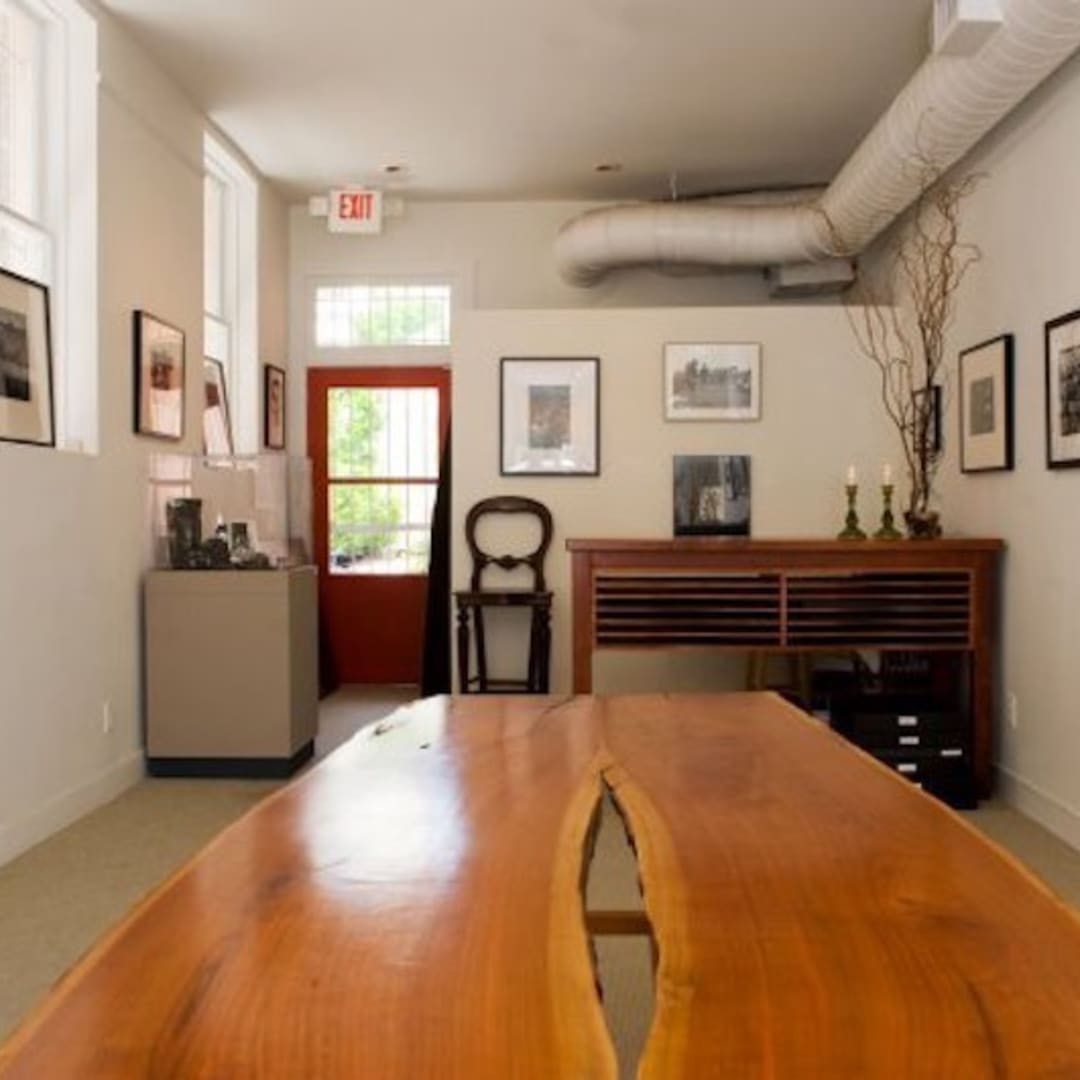In his lifetime, photographer James Karales shot thousands of images on film with his Nikon camera, documenting the struggle for individual freedom, particulalry during the American Civil Rights Movement.
James Karales Now on view at Rebekah Jacob Gallery, 1968 Controversy and Hope: Iconic Images of James Karales features 50 of those black-and-white photos picked by his widow, Monica Karales, who lives in Charleston. Other than a brief showing at the High Museum in Atlanta, this is the first time Karales' prints have been on display, and up for sale, in the Southeast.
It's an ambitious undertaking for such a small gallery, but this intimate collection reflects the scope of civil rights history and captures the courage behind a movement to fight for the greater good.
In an interview, Monica Karales said she believes the more people who see these images, the more they will understand the weight on their shoulders. Among those pioneers, she counts her husband, James Karales, whose photo essays were featured in LOOK magazine throughout the 1960s. "Photojournalists lived and breathed a story," she says of her husband, who died in 2002."
Karales not only reflected American history. He was intimate with it. One photo is of a young man, Lewis Marshall, just 15 years old at the time, wrapped in an American flag as he marched from Selma to Montgomery. Despite his age, there is no innocence of youth in his face, but rather the harrowing determination of a young man willing to fight, though peacefully, for change in his world. Karales was masterful at capturing his subjects' deep, raw, human emotion.
One photo illuminates the private life of Dr. Martin Luther King. Another shows his dignified public presence at Selma. The contrast between these two iconic personas is breathtaking.
In another photograph, King sits at the dining room table, eyes cast down. In the background, out of focus, are his wife and daughters in the kitchen. It's a rare reminder he was not only a leader of the Civil Rights Movement but a father and a husband, too.
Karales and gallery owner Rebekah Jacob began work on the collection when the gallery opened in September. They spent hours sifting through those 5,000 negatives at Duke University, paring down the images to the size of the exhibit that appears now. "It's an opportunity to enter into the world of these movements," Jacob says.
Caroline Millard for the Charleston City Paper on May 13, 2009


